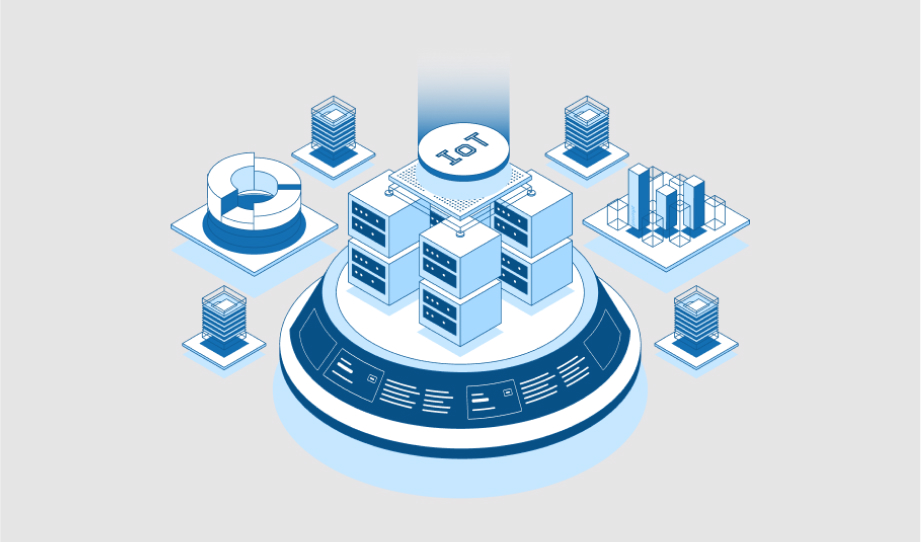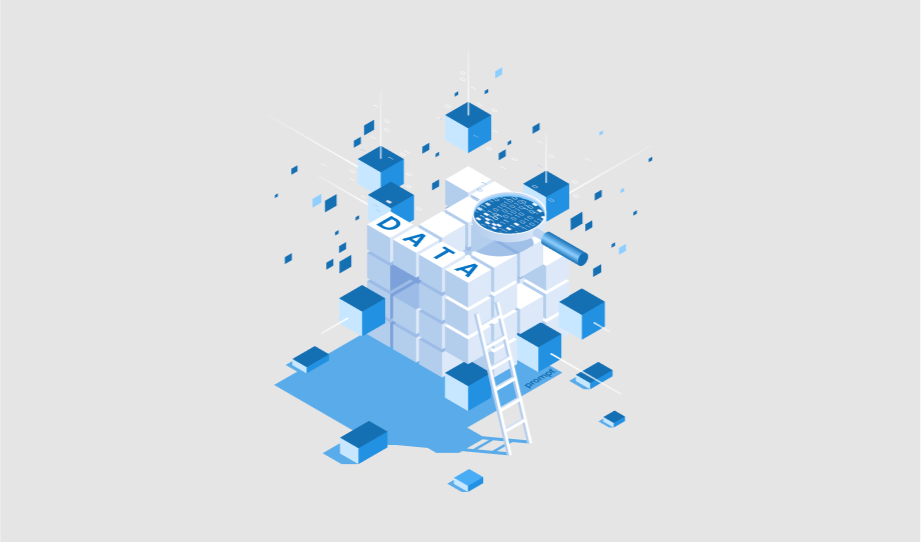How Can Industrial Data Help Overcome All Business Challenges
Today, if we see the ongoing competition between industrial companies, we can easily underline the challenging…
How to Address Data Management Challenges in IoT Using Fabrics
Whenever we talk about data management, the whole conversation remains incomplete if we do not mention…
How is Data Science for IoT Changing Business Outlook?
The Internet of Things has been noticed as a shape-changing technology that has changed the shape…






